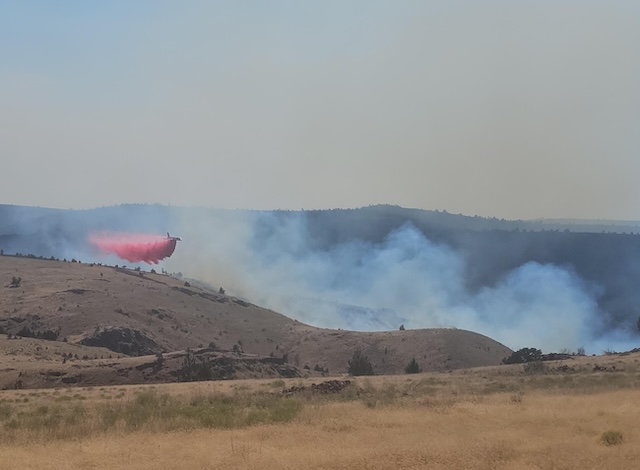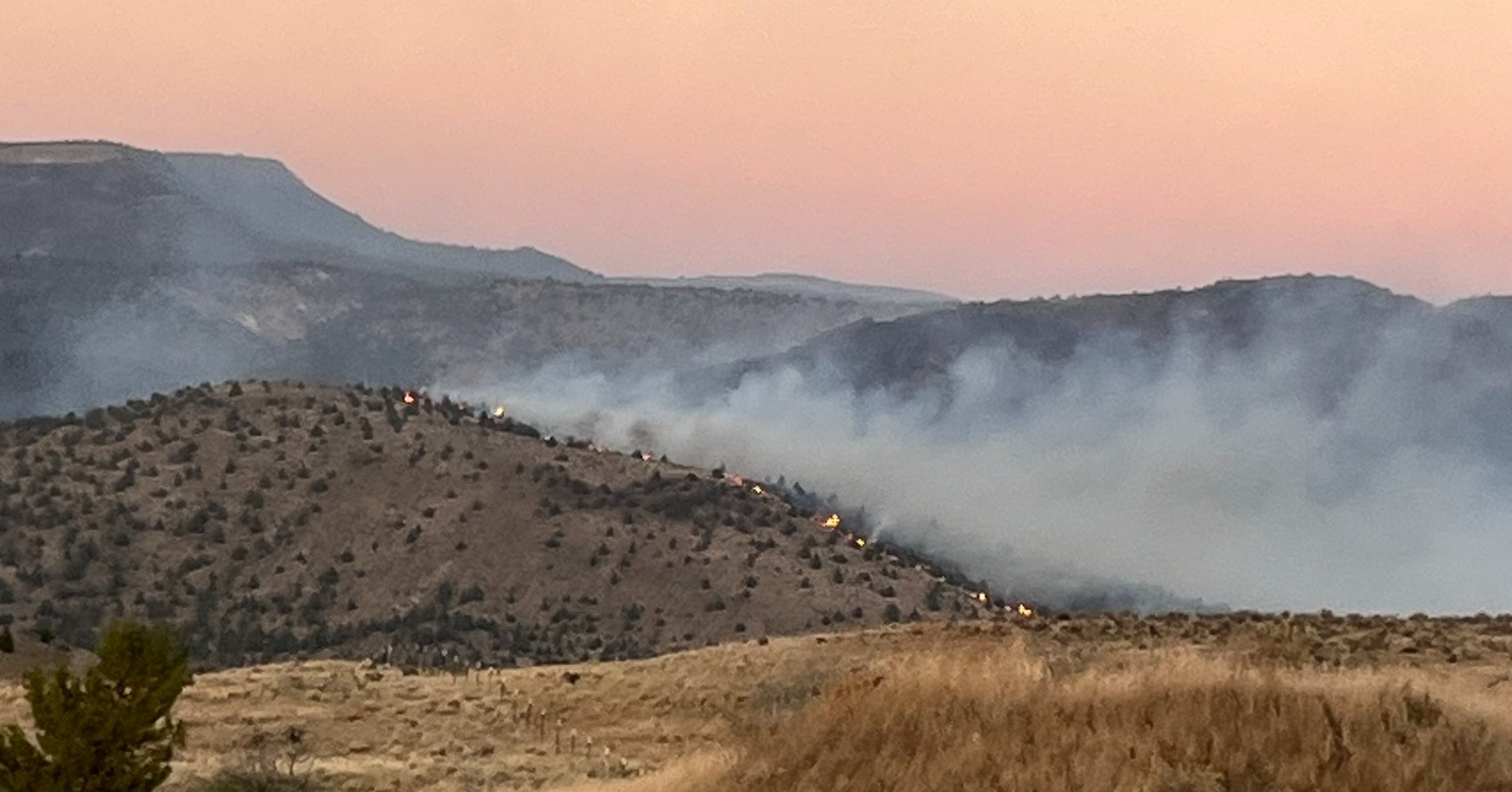Be prepared in case an unknown dog attacks
Published 12:00 am Thursday, August 9, 2018
Amid the shock of seeing a leashed dog suddenly attack my 10-year-old son’s face, all I wanted to do was get his cuts bandaged and go home.
I didn’t even think about calling police. I figured I needed to get the dog owner’s contact information but was uncomfortable bringing it up — that felt accusatory. I did ask the owner whether the dog was vaccinated but didn’t know how critical that information was. And I wasn’t sure if a doctor would be any more necessary than if Oliver had cut himself falling off his bike.
Trending
I’ve learned much more about dog bites since that incident on a hiking trail in Heyburn State Park near Plummer, Idaho. We made the right decisions, but only because I was hiking with a park ranger who knew how to handle the difficult situation and my wife was at home doing internet research and texting me instructions.
What to do
Here’s what I learned that day and while doing some research since:
• Report dog bites to police. If there’s an ongoing threat, call 911, said Haley Williams, a public information officer for Boise Police. If the threat is over, call non-emergency dispatch and make a report, she said. The responding officer will decide whether animal control should be called and whether a crime occurred.
In our case, the park ranger suggested the dog owner provide us with contact information and compiled a report. The hospital we visited in Walla Walla, Washington — the first city of significant size on our avoid-the-fires route home — contacted local police, who informed the Benewah County Sheriff’s Office.
• Clean the wound as soon as possible. The Centers for Disease Control and Prevention recommends washing minor wounds thoroughly with soap and water, applying antibiotic cream and covering the wound with a clean bandage. A more significant wound also requires applying pressure with a clean, dry cloth to stop the bleeding.
Trending
In our case, the dog’s owner had an extensive first-aid kit. The park ranger stopped the bleeding, cleaned the wound (all we had was bottled water), applied antibiotic cream and bandaged the wound above Oliver’s right eye. The doctor we saw commented on how well-protected the wound was.
• Go to a doctor if the skin was broken, or if you experience symptoms such as a red, painful, warm or swollen wound or a fever. The CDC says nearly 1 in 5 people bitten by a dog requires medical attention. There’s a risk of bacterial infection with dog bites — cat bites are even worse, our doctor told us — so Oliver was prescribed antibiotics.
The doctor explained that dog bites generally aren’t stitched because the open air will help prevent infection. An exception is made for facial wounds, he said, but he decided not to use stitches in our case because most scarring would be obscured by the eyebrow.
• Document the incident. In addition to the dog owner’s info, we took photos of the injuries — there was bruising near the jaw, presumably from the dog’s lower teeth — and asked for the dog’s vaccination records. We still don’t have those, which is unsettling.
CDC recommends that you get the rabies vaccine license number, name of the veterinarian who administered the vaccine and the owner’s name, address and phone number.
What about rabies?
Rabies is almost always fatal in humans once symptoms appear, the CDC says. It is most commonly spread through the bite and saliva of an infected animal, but that’s rare with dogs.
Rabies shots include four doses of vaccine over a 14-day period and a dose of rabies immunoglobulin on the same day as the first dose, according to a Q&A produced by the North Dakota Department of Health. The shots must be given before symptoms appear. Symptoms in humans can appear as quickly as 14 days but the average is 30 to 50 days.
“Ideally, the vaccination series should begin as soon as possible after an exposure has occurred and a health care provider has determined rabies vaccination is warranted,” the Q&A says. “Usually you can wait for test results from a healthy domestic animal to see if rabies shots are needed.”
Current vaccines are “relatively painless,” the CDC says.
Preventing injuries
The CDC also offers tips on preventing dog bites. It suggests asking the owner before petting a dog, remaining motionless when approached by an unfamiliar dog, curling into a ball with your head tucked and hands over your ears and neck if knocked over and immediately telling an adult about stray dogs or dogs behaving strangely. Don’t approach unfamiliar dogs, run from a dog, panic or make loud noises, disturb a dog that is sleeping, eating or caring for puppies, pet a dog without letting it see or sniff you first, encourage your dog to play aggressively or let small children play with a dog unsupervised.
In our case, Oliver asked to pet the dog and the owner suggested the sniff test. The dog licked his hand, so he petted the dog and it lunged — a reminder of how unpredictable even dogs can be.
The dog bite produced cuts within and above Oliver’s right eyebrow.








